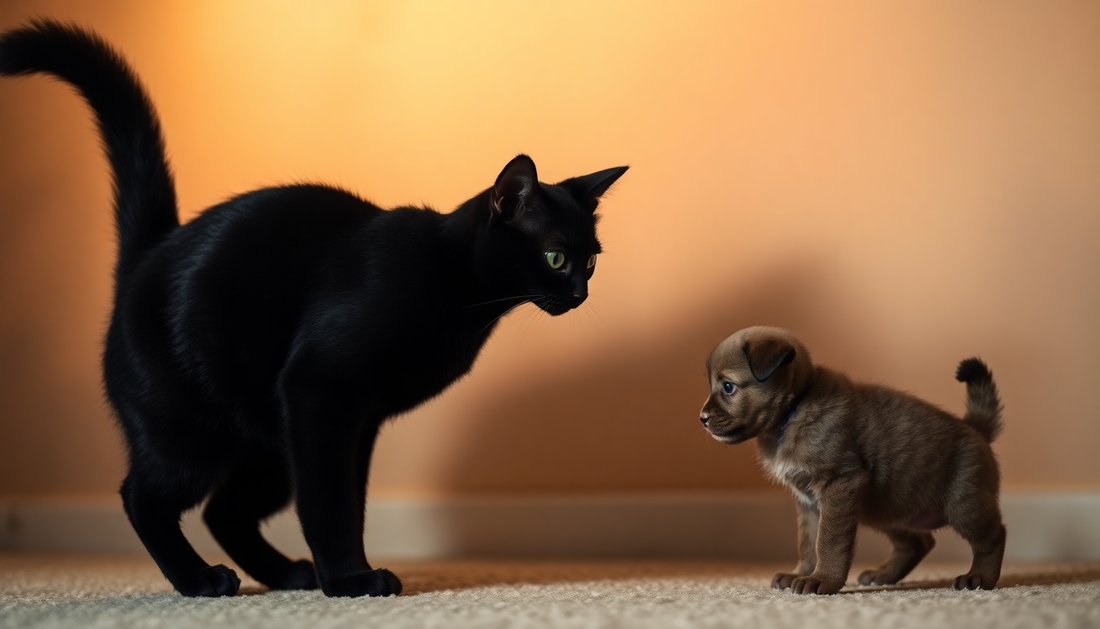
Understanding Pet Body Language
Share
At Spot Pet Supply, we believe that understanding your furry friend's body language is the key to building a strong, trusting relationship. Whether you're a seasoned pet parent or a new fur-baby owner, mastering the art of interpreting your pet's cues can make all the difference in their overall well-being and your ability to provide the best possible care.
Decoding Canine Body Language
Dogs are masters of nonverbal communication, and their body language can reveal a wealth of information about their emotional state and intentions. From the position of their ears to the wag of their tail, each subtle movement can tell you a story. For instance, a dog with their ears perked up and a wagging tail is likely feeling confident and friendly, while a dog with their ears pinned back and a low, stiff tail may be feeling anxious or threatened.
It's also important to pay attention to your dog's facial expressions. A relaxed, open-mouthed smile is a sign of contentment, while a tense, closed-mouth expression could indicate discomfort or stress. Keeping an eye on your pup's body language can help you anticipate and address any potential issues before they escalate.
Feline Finesse: Interpreting Cat Body Language
Cats, on the other hand, can be a bit more enigmatic when it comes to their body language. While dogs tend to be more overt in their expressions, cats often rely on more subtle cues to communicate their feelings. A slow blink, for example, is a sign of trust and affection, while a twitching tail can indicate irritation or overstimulation.
It's also important to note that cat body language can vary depending on the individual cat's personality and past experiences. Some cats may be more vocal and expressive, while others prefer to keep their emotions close to the vest. By observing your cat's behavior and getting to know their unique quirks, you can better understand their needs and preferences.
Fostering Positive Interactions
Armed with a deeper understanding of pet body language, you can take steps to create a more harmonious and fulfilling relationship with your furry friend. When introducing a new person or animal, pay close attention to your pet's body language and be prepared to intervene if they seem uncomfortable or anxious. Likewise, be mindful of your own body language and energy, as pets can pick up on subtle cues that may influence their behavior.
Remember, building trust and understanding with your pet is an ongoing process, but with patience, empathy, and a keen eye for their nonverbal cues, you can create a bond that will last a lifetime. So, the next time you're cuddling with your furry companion, take a moment to appreciate the unspoken language they're sharing with you – it just might be the key to unlocking an even deeper connection.
